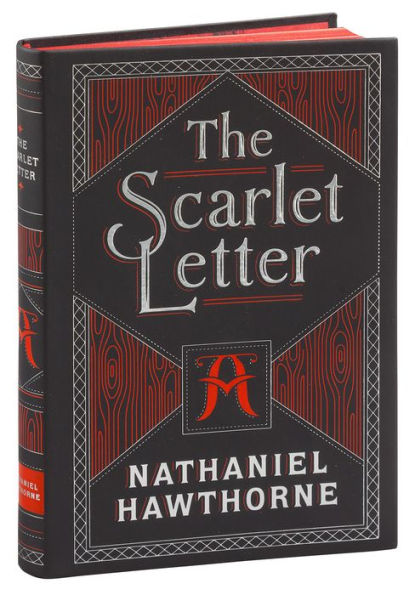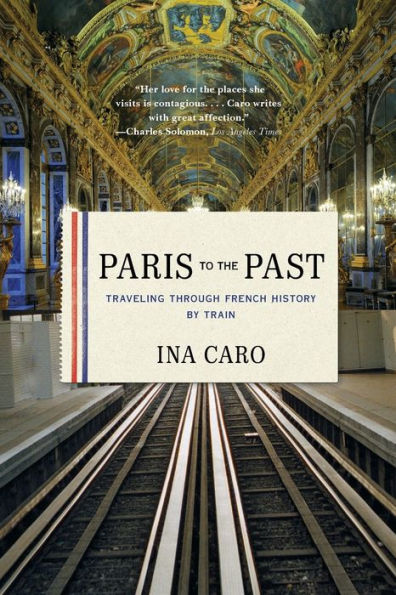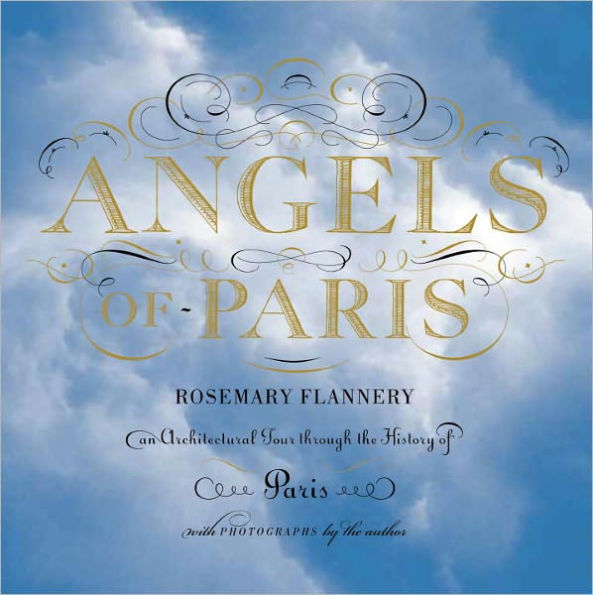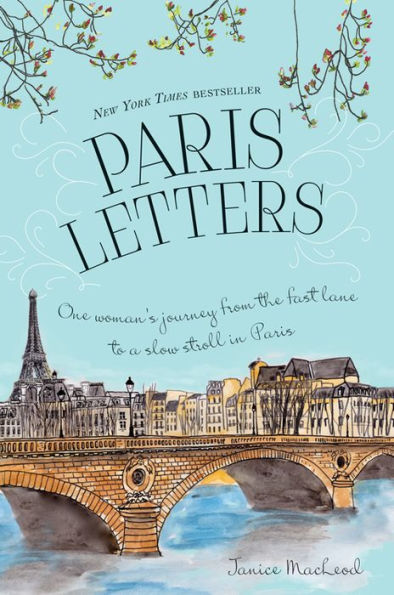Home
The Stones of Paris History and Letters
Barnes and Noble
Loading Inventory...
The Stones of Paris History and Letters in Bloomington, MN
Current price: $31.95


The Stones of Paris History and Letters in Bloomington, MN
Current price: $31.95
Loading Inventory...
Size: Hardcover
Purchase of this book includes free trial access to www.million-books.com where you can read more than a million books for free.
This is an OCR edition with typos.
Excerpt from book:
THE PARIS OF THE REVOLUTION It is no part of the province of this book to reconstruct the Paris of the Revolution, nor is there room for such reconstruction, now that M. G. Lenotre has given us his exhaustive and admirable " Paris Revolutionnaire." Despite the destruction of so much that was worth saving of that period, there yet remain many spots for our seeing. The cyclone of those years had two centres, and one of them is fairly well preserved. It is the Cour du Commerce, to which we have already come in search of the tower and wall of Philippe-Auguste. Outside that wall, close to the Porte de Buci, there had been a tennis-court, which was extended, in 1776, into a narrow passage, with small dwellings on each side. The old entrance of the tennis-court was kept for the northern entrance of the new passage, and it still remains under the large house, No. 61 Rue Saint-Andre-des-Arts. The southern entrance of the passage was in the western end of Rue des Cordeliers, now Rue de l'Ecole-de-Medecine. In 1876, exactly one hundred years after the construction of this Cour du Commerce, its southern half and its southern entrance were cut away by modern Boulevard Saint-Germain, on the northern side of whicha new entrance to the court was made. At the same time the houses on the northern side of Rue de l'Ecole- de-Medecine were demolished, and replaced by the triangular space that holds the statues of Danton and Paul Broca among its trees. Those houses faced, across the street, whose narrowness ismarked by the two curbstones, the houses, of the same age and the same style, that are left on the southern side of this section of the modern boulevard. One of the houses then destroyed had been inhabited by Georges-Jacques Danton. It stood over the entrance of the court, and his statuea bro...
This is an OCR edition with typos.
Excerpt from book:
THE PARIS OF THE REVOLUTION It is no part of the province of this book to reconstruct the Paris of the Revolution, nor is there room for such reconstruction, now that M. G. Lenotre has given us his exhaustive and admirable " Paris Revolutionnaire." Despite the destruction of so much that was worth saving of that period, there yet remain many spots for our seeing. The cyclone of those years had two centres, and one of them is fairly well preserved. It is the Cour du Commerce, to which we have already come in search of the tower and wall of Philippe-Auguste. Outside that wall, close to the Porte de Buci, there had been a tennis-court, which was extended, in 1776, into a narrow passage, with small dwellings on each side. The old entrance of the tennis-court was kept for the northern entrance of the new passage, and it still remains under the large house, No. 61 Rue Saint-Andre-des-Arts. The southern entrance of the passage was in the western end of Rue des Cordeliers, now Rue de l'Ecole-de-Medecine. In 1876, exactly one hundred years after the construction of this Cour du Commerce, its southern half and its southern entrance were cut away by modern Boulevard Saint-Germain, on the northern side of whicha new entrance to the court was made. At the same time the houses on the northern side of Rue de l'Ecole- de-Medecine were demolished, and replaced by the triangular space that holds the statues of Danton and Paul Broca among its trees. Those houses faced, across the street, whose narrowness ismarked by the two curbstones, the houses, of the same age and the same style, that are left on the southern side of this section of the modern boulevard. One of the houses then destroyed had been inhabited by Georges-Jacques Danton. It stood over the entrance of the court, and his statuea bro...
Purchase of this book includes free trial access to www.million-books.com where you can read more than a million books for free.
This is an OCR edition with typos.
Excerpt from book:
THE PARIS OF THE REVOLUTION It is no part of the province of this book to reconstruct the Paris of the Revolution, nor is there room for such reconstruction, now that M. G. Lenotre has given us his exhaustive and admirable " Paris Revolutionnaire." Despite the destruction of so much that was worth saving of that period, there yet remain many spots for our seeing. The cyclone of those years had two centres, and one of them is fairly well preserved. It is the Cour du Commerce, to which we have already come in search of the tower and wall of Philippe-Auguste. Outside that wall, close to the Porte de Buci, there had been a tennis-court, which was extended, in 1776, into a narrow passage, with small dwellings on each side. The old entrance of the tennis-court was kept for the northern entrance of the new passage, and it still remains under the large house, No. 61 Rue Saint-Andre-des-Arts. The southern entrance of the passage was in the western end of Rue des Cordeliers, now Rue de l'Ecole-de-Medecine. In 1876, exactly one hundred years after the construction of this Cour du Commerce, its southern half and its southern entrance were cut away by modern Boulevard Saint-Germain, on the northern side of whicha new entrance to the court was made. At the same time the houses on the northern side of Rue de l'Ecole- de-Medecine were demolished, and replaced by the triangular space that holds the statues of Danton and Paul Broca among its trees. Those houses faced, across the street, whose narrowness ismarked by the two curbstones, the houses, of the same age and the same style, that are left on the southern side of this section of the modern boulevard. One of the houses then destroyed had been inhabited by Georges-Jacques Danton. It stood over the entrance of the court, and his statuea bro...
This is an OCR edition with typos.
Excerpt from book:
THE PARIS OF THE REVOLUTION It is no part of the province of this book to reconstruct the Paris of the Revolution, nor is there room for such reconstruction, now that M. G. Lenotre has given us his exhaustive and admirable " Paris Revolutionnaire." Despite the destruction of so much that was worth saving of that period, there yet remain many spots for our seeing. The cyclone of those years had two centres, and one of them is fairly well preserved. It is the Cour du Commerce, to which we have already come in search of the tower and wall of Philippe-Auguste. Outside that wall, close to the Porte de Buci, there had been a tennis-court, which was extended, in 1776, into a narrow passage, with small dwellings on each side. The old entrance of the tennis-court was kept for the northern entrance of the new passage, and it still remains under the large house, No. 61 Rue Saint-Andre-des-Arts. The southern entrance of the passage was in the western end of Rue des Cordeliers, now Rue de l'Ecole-de-Medecine. In 1876, exactly one hundred years after the construction of this Cour du Commerce, its southern half and its southern entrance were cut away by modern Boulevard Saint-Germain, on the northern side of whicha new entrance to the court was made. At the same time the houses on the northern side of Rue de l'Ecole- de-Medecine were demolished, and replaced by the triangular space that holds the statues of Danton and Paul Broca among its trees. Those houses faced, across the street, whose narrowness ismarked by the two curbstones, the houses, of the same age and the same style, that are left on the southern side of this section of the modern boulevard. One of the houses then destroyed had been inhabited by Georges-Jacques Danton. It stood over the entrance of the court, and his statuea bro...

















